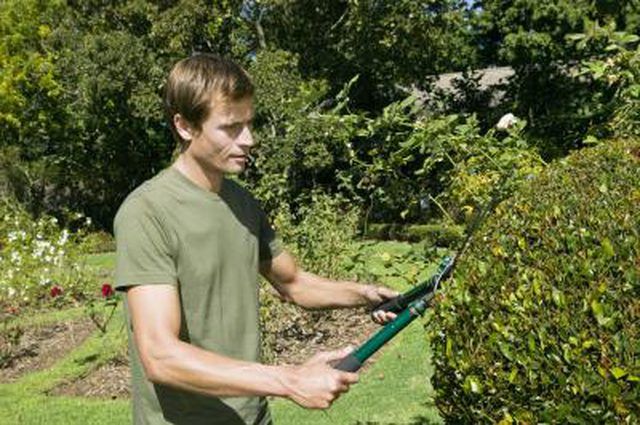Bulbs
Flower Basics
Flower Beds & Specialty Gardens
Flower Garden
Garden Furniture
Garden Gnomes
Garden Seeds
Garden Sheds
Garden Statues
Garden Tools & Supplies
Gardening Basics
Green & Organic
Groundcovers & Vines
Growing Annuals
Growing Basil
Growing Beans
Growing Berries
Growing Blueberries
Growing Cactus
Growing Corn
Growing Cotton
Growing Edibles
Growing Flowers
Growing Garlic
Growing Grapes
Growing Grass
Growing Herbs
Growing Jasmine
Growing Mint
Growing Mushrooms
Orchids
Growing Peanuts
Growing Perennials
Growing Plants
Growing Rosemary
Growing Roses
Growing Strawberries
Growing Sunflowers
Growing Thyme
Growing Tomatoes
Growing Tulips
Growing Vegetables
Herb Basics
Herb Garden
Indoor Growing
Landscaping Basics
Landscaping Patios
Landscaping Plants
Landscaping Shrubs
Landscaping Trees
Landscaping Walks & Pathways
Lawn Basics
Lawn Maintenance
Lawn Mowers
Lawn Ornaments
Lawn Planting
Lawn Tools
Outdoor Growing
Overall Landscape Planning
Pests, Weeds & Problems
Plant Basics
Rock Garden
Rose Garden
Shrubs
Soil
Specialty Gardens
Trees
Vegetable Garden
Yard Maintenance
How to Hedge for Noise Barriers in a Small Yard
How to Hedge for Noise Barriers in a Small Yard. Whether you live by a busy road, are tired of your noisy neighbors or simply want to increase the peace and quiet you enjoy in your yard, planting hedges is an effective way to block noise in an outdoor space. When you have a small yard, however, it's important to plant hedges strategically so you...

Whether you live by a busy road, are tired of your noisy neighbors or simply want to increase the peace and quiet you enjoy in your yard, planting hedges is an effective way to block noise in an outdoor space. When you have a small yard, however, it's important to plant hedges strategically so you don't waste valuable space that you may need for a project or an activity. Instead of placing hedges around the entire perimeter of a small yard, an option is to plant them in the locations that make the most sense and avoid needlessly cluttering the yard.
Things You'll Need
Shovel
Shrubs
Determine the source of the noise you want to reduce. For example, the noise may come from several directions or from one direction. Identifying the source of the noise allows you to decide where to plant hedges so they will have the greatest noise-reduction benefit and not occupy unnecessary space.
Create a plan for the strategic planting of the hedges. If you spend most of your outdoor time on a patio or deck, then consider enclosing one or more sides of it with hedges. If the back of your home faces a busy road, place a single row of hedges along the back property line between your home and the traffic. If neighbors on one side of your house are noisy but other neighbors are not noisy, then place a hedge only where it is needed as a noise barrier. Doing so will save space in the small yard.
Select appropriate hedges for noise reduction. Shrubs with thick foliage block noise most effectively while compact shrubs take up less space, which is beneficial in a small yard. Options include golden privet (Ligustrum "Vicaryi"), a deciduous shrub that is hardy in U.S. Department of Agriculture (USDA) plant hardiness zones 5 through 8; because it is deciduous, it loses its leaves for winter. It thrives in a wide range of soil types, produces fragrant blooms and grows to a height of 6 to 12 feet. Trimming golden privet keeps it a manageable size. Another option is boxwood (Buxus sempervirens), hardy in USDA zones 5 through 8. That broad-leaf evergreen can be shaped into a formal, manicured form or allowed to grow to a more natural form.
Consider the predicted width, or spread, of each shrub when choosing plant placement. Dig a hole for each shrub, making the hole two to three times the width of the shrub's root mass. The hole should be only deep enough so that the shrub will grow at the same soil depth at which it grew in its nursery pot. Insert each shrub in its designated hole, and fill the remainder of the hole with the original soil. Press the soil into place to secure each shrub. Water the shrubs's soil after planting.
Tips & Warnings
Consider the sunlight, soil and watering requirements of the hedge plants you select for your yard. Ensure they're able to thrive in your location's environment.
Avoid using plants with thorns or flowers that attract bees in a yard where small children play.